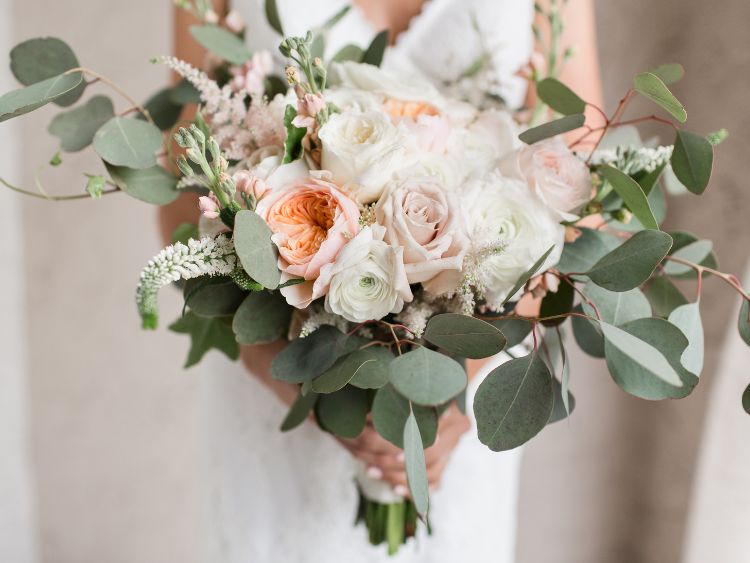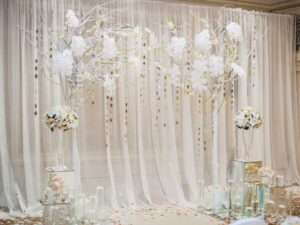Let’s face it—deciding between tuxedos and suits can be a head-scratcher! Whether it’s for a wedding, formal event, or business meeting, the choice of attire can make all the difference. Both tuxedos and suits have a place in men’s fashion, but knowing when to wear each and how to style them is essential. In this guide, we’ll break down the differences, style tips, and even some FAQs to help you dress to impress.
What’s the Difference Between Tuxedos and Suits?
The main distinction between tuxedos and suits boils down to formality and style details. Here’s a quick breakdown:
- Tuxedos typically feature satin details, including satin lapels, buttons, and side-stripe down the pants. They’re formal, perfect for black-tie events.
- Suits, on the other hand, don’t have satin elements. They’re versatile, used for everything from business meetings to semi-formal gatherings.
Key Components of Tuxedos and Suits
1. Jackets
- Tuxedo jackets are traditionally black or midnight blue with satin lapels.
- Suit jackets come in various colors, fabrics, and lapel styles without satin accents.
2. Shirts
- A tuxedo usually calls for a white dress shirt, often with a winged or spread collar and sometimes pleats.
- Suits allow for flexibility with shirts, from classic white to patterned options.
3. Ties and Bow Ties
- Tuxedos typically require a black bow tie for classic black-tie events.
- Suits offer versatility in neckwear, including neckties and bow ties in various colors and patterns.
4. Shoes
- For tuxedos, patent leather shoes add a sleek, formal look.
- Suits pair well with leather dress shoes in black, brown, or even oxblood for a bold statement.
When to Wear a Tuxedo vs. a Suit
Choosing between a tuxedo and suit largely depends on the occasion. Here are some general guidelines:
- Weddings: Tuxedos are common for formal weddings, while suits are perfect for more casual or daytime ceremonies.
- Black-Tie Events: Always go with a tuxedo for black-tie attire.
- Business Meetings: A suit is the go-to choice, offering a professional yet polished look.
- Formal Dinners and Galas: Tuxedos fit these events, while a suit can also work if it’s not a strictly black-tie affair.
Types of Tuxedos and Suits: Finding the Right Style
Tuxedo Styles
- Single-Breasted Tuxedos: Traditional and sleek, featuring one line of buttons and a classic fit.
- Double-Breasted Tuxedos: This style offers more formality and structure, with two rows of buttons.
- Shawl Collar Tuxedos: Known for their rounded lapel, creating a softer, elegant look.
Suit Styles
- Single-Breasted Suits: A versatile option, ideal for various occasions.
- Double-Breasted Suits: Adds a sense of power and presence, ideal for business or formal settings.
- Slim Fit Suits: Tailored for a modern look, perfect for younger professionals.
How to Choose Between Tuxedos and Suits Based on Body Type
Your body type plays a crucial role in choosing the right attire. Here are some tips:
- Tall & Slim: Look great in both tuxedos and suits, especially slim-fit options.
- Muscular Build: Go for a single-breasted suit or tuxedo to avoid looking bulky.
- Shorter Build: Opt for a suit or tuxedo with a slightly higher waist to elongate your frame.
Accessorizing Tuxedos and Suits
Accessories can make or break an outfit. Here’s what you need to know:
- Cufflinks: Essential for tuxedos but optional for suits. They add a polished look.
- Pocket Squares: Both tuxedos and suits benefit from a well-placed pocket square.
- Boutonnières: Perfect for weddings, especially with tuxedos.
- Watches: Stick to classic, understated watches for tuxedos. Suits can accommodate more styles.
Common Mistakes to Avoid with Tuxedos and Suits
Avoiding these missteps can elevate your look instantly:
- Wearing a tuxedo too casually: Tuxedos are for formal events, so avoid pairing them with casual accessories.
- Ill-fitting attire: The fit is key; ensure both tuxedos and suits are tailored to your body.
- Mixing tuxedo and suit elements: Don’t wear a tuxedo jacket with suit pants, or vice versa.
Tuxedos and Suits Maintenance Tips
Both tuxedos and suits require care to keep them looking sharp:
- Dry Clean Only: Tuxedos and suits should be dry-cleaned to maintain fabric quality.
- Proper Storage: Store in garment bags and hang them in a cool, dry place.
- Avoid Over-Wearing: Regular rotation can prolong the life of your attire.
FAQs
What’s the difference between a tuxedo and a suit?
Tuxedos have satin details and are formal, while suits are versatile, lacking satin elements.
Can I wear a tuxedo without a tie?
No, tuxedos are formal and should always be paired with a bow tie or appropriate neckwear.
How often should I dry-clean my tuxedo or suit?
Only when necessary. Over-cleaning can damage the fabric, so stick to cleaning a few times a year or as needed.
What colors are appropriate for tuxedos and suits?
Black and midnight blue are classic for tuxedos. Suits offer flexibility in color, from black and gray to navy and even earth tones.
Can I wear a suit to a black-tie event?
Typically, no. Black-tie calls for a tuxedo. However, if the event is less formal, a black suit may suffice.
Summary
Choosing between a tuxedo and a suit depends on the occasion, personal style, and even body type. Tuxedos bring sophistication to formal events, while suits offer versatility for various settings. By understanding the differences and knowing how to style each, you can make a powerful impression wherever you go. So next time you’re prepping for an event, remember these tips, and you’ll be ready to step out in style.
Authoritative Sources
For further reading, check out these resources:



